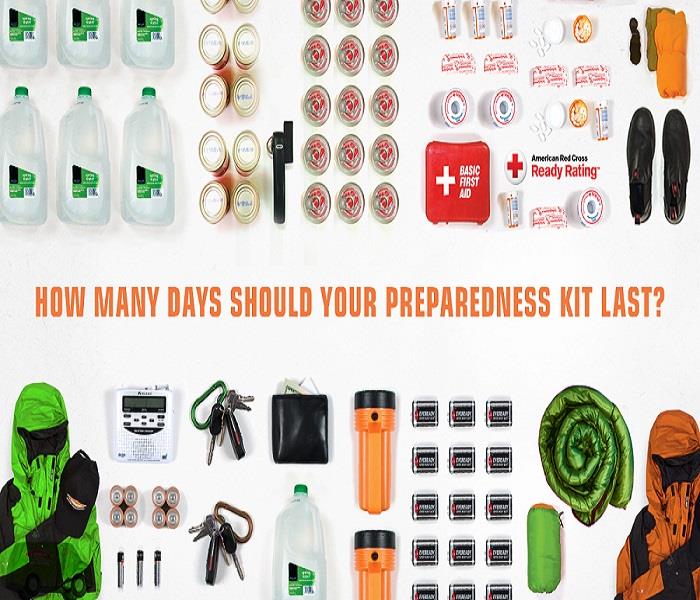It Doesn't Cost a lot to be Prepared
10/17/2016 (Permalink)
It is no secret that many families and individuals are looking to cut back on spending. But with the frequency of disasters, both natural and man-made, can you afford no to be prepared? Preparedness doesn't have to cost an arm ad a leg. Here are a few tips:
- Make a Plan. Work with your family and neighbors to make an emergency plan for the types of disasters that affect your area. Make sure everyone in your family understands where to go and what to do in case of an emergency. You can download Family Emergency Plan templates www.ready.gov/make-a-plan
- Update Contact Information. Having accurate records for family, friends and neighbors will help you stay in contact and possibly help those in need. Make sure updated contact information is posted in visible places throughout your house and workplace.
- Check Your Policy. Review your insurance policy annually and make any necessary changes - renters, too! When disaster strikes, you want to know that your coverage will get you back on your feet.
- Make Ready List. You may not need all of the items in ready-made preparedness kits. Choose the essentials that fit your needs and budget. Don't forget to keep supplies at work and in your car. Sample ready lists can be found at www.ready.gov/document/familysupply-list
- Plan your Purchases. You can save money by thinking ahead. Don't buy preparedness items just before the storm when they're expensive and supplies will be in high demand. Buy items at the end of the season when you can get good deals.
- Make Sure it Keeps. Store water in safe, containers. you Don't need to buy expensive bottled water, just make sure your water containers are disinfected and airtight
- Trade a Night Out. Trade one night out to fund your 72-hour kit. Taking a family of four to the movies can cost upwards of $80. Just one night staying in could fund your ready kit.
*The best tip: Start now. Take small steps toward preparedness and before you know it, you will be ready.






 24/7 Emergency Service
24/7 Emergency Service